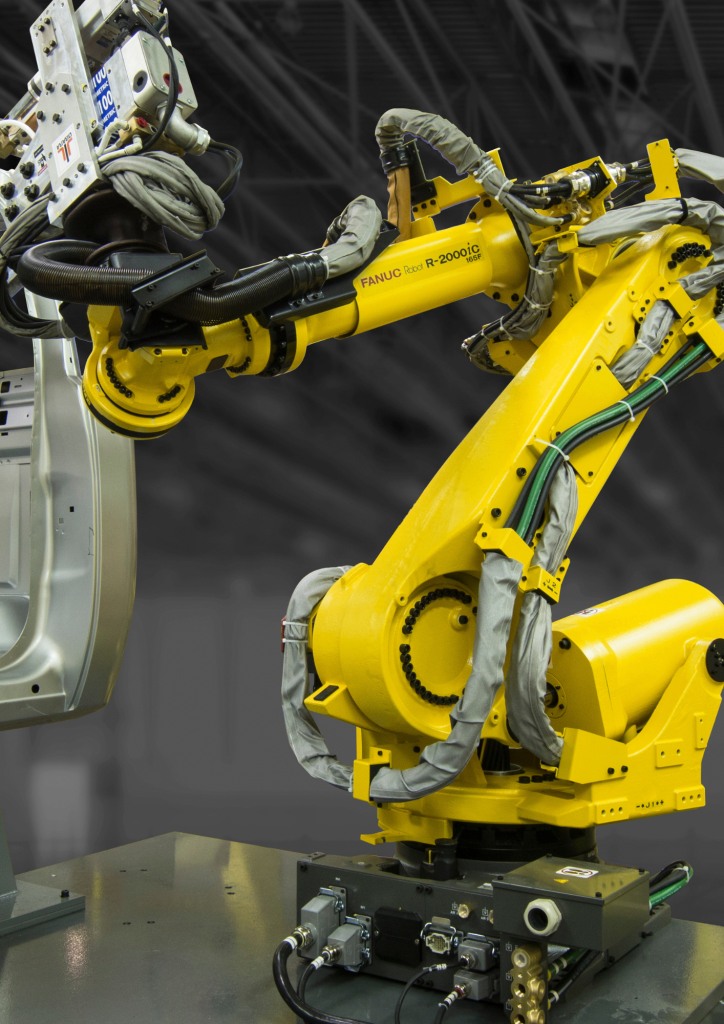In the heart of manufacturing today, robotic arms are revolutionizing the rules of production, blending quality, safety and efficiency in ways that were previously impossible to imagine. Robot arms are mechanical marvels that are now essential to many industries around the world. They were created to lower operating costs and keep high standards of quality. Robotic arms are being integrated into production lines to cut cost and increase security. Explore how these innovative robotics have changed the industrial landscape.
The driving force behind the worldwide increase in robotic arm usage is cost efficiency. The demand on factories to decrease production errors, material waste and workplace injuries is never-ending. Robotic arms are designed to tackle these problems. As opposed to humans, robot arms complete repetitive tasks with pinpoint precision to avoid costly mistakes and reducing wasted raw material. In high-volume industries like automotive manufacturing, robot arms guarantee flawless assembly by performing precise welding and parts placement. This precision can translate into significant savings because less damaged products mean less rework or waste.

Image credit: automatedsolutions.com.au
Safety is the second main element in the development of robotic arms. Human workers are in danger when they perform a range of jobs in manufacturing, such as working with hazardous materials or using machines that are heavy. Utilizing robot arms, firms can shield employees from the dangerous surroundings, dramatically cutting the possibility of injuries sustained in the workplace. Robotic arms, made up of joints that move, are able to mimic the functions of human arms without causing physical harm. Equipped with programmable hand end effectors that allow these machines to do tasks that are dangerous for humans, like spinning or welding.
The range of applications for robotic arms is what makes them an effective game changer across different industries. Robots are able to adapt to various tasks, ranging from assembly for automobiles to electronic production. Because they are programmeable, they can to execute complex tasks that include tending machines, painting, or fiberglass application with unmatched reliability. Robotic arms have transformed the palletizing process in warehouses by automating it with speed and accuracy. This automation not only boosts effectiveness but also guarantees security, as robot arms can work continuously without fatigue.
The rising popularity of cobots (collaborative robots) that work alongside human employees is one of the most exciting advances in this field. Cobots with robotic arms, in contrast to traditional industrial robots, which are housed in separate cells, are designed to interact with humans safely and seamlessly. Cobots equipped with robotic arms can be used to complete the repetitive or heavy lifting task in a factory, which allows human workers to concentrate on more difficult tasks. Collaboration increases productivity, while also ensuring a safe working surroundings, as cobots can be programmed to stop or alter their movements if a human is nearby.
Robotic arms have a profound influence on the modern production, and not just in terms of safety, but also efficiency. Their ability to perform tasks such as welding assembly, assembly, or even handling materials with precision has made them essential in high-stakes industries. In the automotive industry such as assembly the robot arm is able to turn and move components in assembly for perfect alignment without the need for human involvement. Similarly, in electronics, robot arms handle delicate components with care, reducing damage and improving output quality.
As industries continue to evolve and become more complex, the importance of robotic arms will only increase. The ability of robot arms to reduce costs, enhance safety, and be flexible to various tasks make them an integral part of manufacturing’s future. Robot arms, which combine cutting-edge technologies with human creativity they are not just tools as much as they are partners in progress. They inspire technological innovation and alter the way that the world is constructed.
